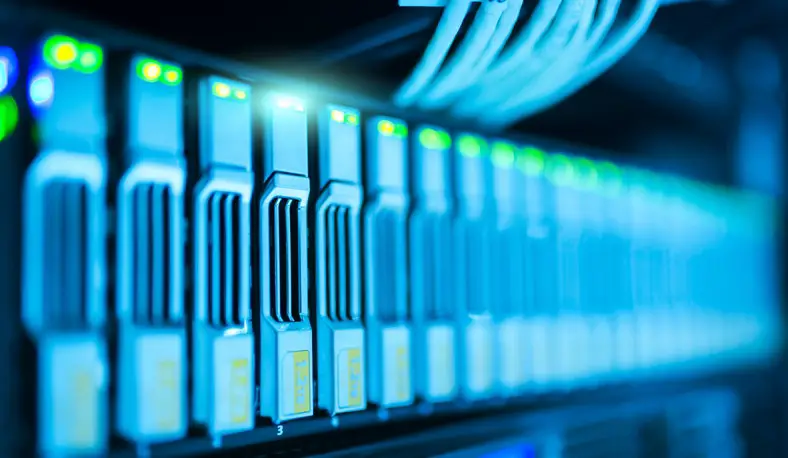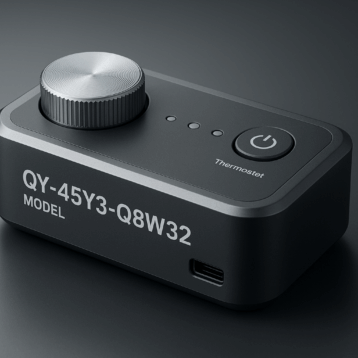
Photo by panumas nikhomkhai from Pexels
Unless you’re an expert, there’s little difference between IoT and IoE. However, we say the former is wider semantically. In this post, we’ll go in details and figure out why IoT software development companies use the term IoE more rarely than the IoT.
What is the difference between IoT and IoE?
IoT was first applied as a term in far 1999 and implied machine-to-machine or M2M communication. IoE was used a few years later and stood for interrelated elements of a whole system including people. IoE entails not only M2M communication but P2M (people-to-machine) and even P2P (people-to-people).
To understand the difference between the 3 types of communication, let’s consider several examples. Say, it got dark outside and you turned on a light in the office then you set and typed on a keyboard – these are the P2M examples of IoE. We are so used to the things that don’t even realize how we make them. Another case is, say you make a Skype call to your colleague, this will be a simple human-to-human or P2P communication. M2M communication is the process of data exchange between your office temperature sensing devices and the mainframe.
And though you may think M2M communication is a technological and thus most progressive way of interactions, IoE focuses on P2M and P2P ways as on the most valuable. According to the Cisco analysis, 55% of connections will be exactly of these two types by 2022.
IoE is now considered the next stage of IoT development. Maybe this is the reason why there are so few IoT development companies that offer IoE development services at the moment. Internet of Things solutions are now more common and widespread.
Internet of Everything Concept: 4 Main Basis
(1) Thing
Saying a thing we imply a system element that participates in communication. This object can gather info and share it with other elements of the system. The number of such connected devices, according to Cisco, will exceed 50 billion by 2020.
What are the things? When talking about IoT, these are any objects from smart gadgets to building rigs. If turning to IoE, these are any elements, say, from nurses to the MRI and smart eyedropper. Thus, any element that has built-in sensors and connected over a network can be a part of IoE.
(2) People
In IoE concept, people make a central part, as there’d be no intelligent connection without the linking bridge. People interconnect the internet of things, analyze the received data and make data-driven decisions coming from the stats. Thus, people play a central role in M2M, P2M, P2P communications. Moreover, people can also become connected themselves. Like in the example we provided with a healthcare center and nurses.
(3) Data
In 2020 every connected to the internet user is projected to receive up to 1,7 MB every second.
As soon as the number of received data grows, the management becomes more complicated. But the task is crucial as without proper analysis data is useless. Data is a constituent of both IoT and IoE, however, only in IoE it turns into beneficial insights rather than the amount of used memory.
(4) Process
The process is the component innate to IoE. This is how each of the elements – people, things, data – work together to provide a smart viable system. When all the elements interconnected properly, each system element will receive the needed data and transfer it on to the next receiver. And all this magic takes place in conditions of wired/wireless connection.
Thus, IoT implies network and things; IoE – network, things and people, data, process.
Where is IoE applied for?
When it comes to market, we can say with confidence that IoT is a technology of any industry. If we get back to IoE, this technology has a bunch of the most sought-after directions: (1) manufacturing, (2) retail, (3) information, (4) finance & insurance, (5) healthcare.
The words sound more than ordinary, just think what the technology can bring to us, see the numbers. More than 800 bicyclists die in traffic crashes yearly in the world. Say, we connected bicyclists helmets, traffic lights, ambulances and the whole hospital ecosystem in one IoE. Will it increase their chances to live?
Or another case. Do you know how much food goes into the bin from larger supermarkets? And what’s even worse, some perishable prods like fruit and vegetables can be thrown away due to overstocks even before they get to the market. What can we do with this? Surely, why not to interconnect stocks with all the racks and forklifts with the supermarket in-stock control system using IoE.
Moreover, there are a lot of variants people use IoE right now and the most accustomed one is our smart homes.
Sum-up
In our industry, there are a few people denying the value of IoE to our standard of living. Luckily, the market of IoT development service flourishes, and who knows, maybe tomorrow you’ll be a “thing” of IoE environment.










